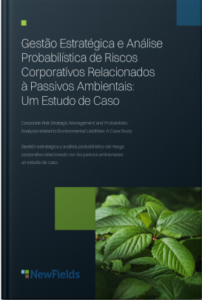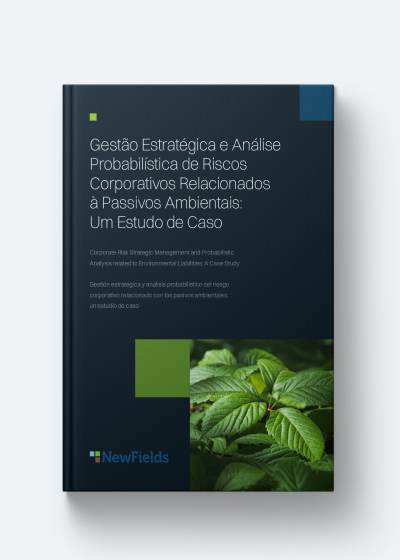Mechanical site preparation has been considered essential to southern pine plantation establishment since the 1950s. Although survival and early growth responses to site preparation are well documented, several factors often contribute to these responses, and the specific contribution of soil tillage is not well established.
Soil moisture content, soil resistance to penetration, and loblolly pine (Pinus taeda L.) growth were measured on eight sites in the Upper Coastal Plain (UCP) and Piedmont in tilled (T) and nontilled (NT) rows under three conditions: operational site preparation with initial vegetation control (O), operational plus annual fertilization (O+F), and operational plus annual fertilization and complete vegetation control (O+F+V).
Tillage reduced average soil resistance to penetration by 9 to 51% across cultural treatments. Soil tillage also reduced volumetric water content. On the most affected site, T rows contained 68% of the water of NT rows in the 0.15- to 0.30-m interval and 53% of the water in the 0.30- to 0.60-m interval. Tillage resulted in positive growth responses on seven of the eight sites, and growth increases occurred across all cultural treatments.
After two growing seasons, the largest trees were on a Lucy series soil where the O+F+V treatment resulted in an average stem volume index (SVI) of 8932 cm3. The smallest trees were on a clayey Faceville series soil where the NT rows in the O treatment had an average SVI of 101 cm3. Growth responses were poorly correlated with measured differences in average resistance or differences in resistance between T and NT rows in any depth increment (0–0.15, 0.15–0.30, or 0.30–0.60 m); however, soil resistance in the 0- to 0.15-m depth increment demarcated an upper bound for growth. A tillage effect on the volume of soil below a critical soil resistance was helpful for explaining some of the observed responses.
Artigo completo: www.dl.sciencesocieties.org Bruno F. Furtado, Lawrence A. Morris *b and Daniel Markewitzb



